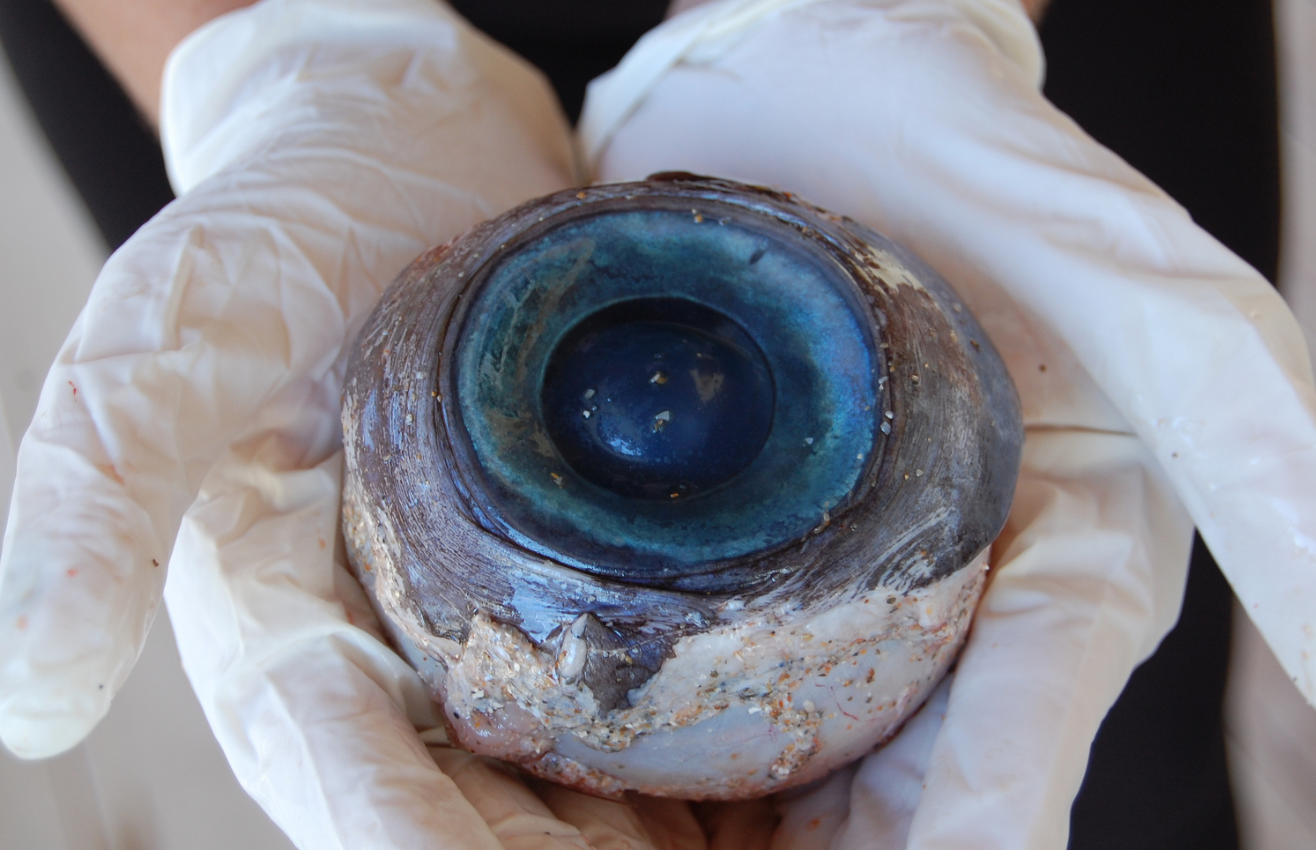In Japanese stores you will frequently find strange packages “observing” you with their big fish eyes. And in many bars, you can taste the tuna eyes already cooked, fried, stewed or lightly steamed.
The strange thing is that this is not a dish born in ancient times, as one would think, nor in times of poverty in which everything becomes food. The tuna eyes have started to become a sought-after dish in the early ’90. Previously they were thrown away as in the rest of the world.
Their success is due to the fact that they seem to contain a high concentration of docosahexaenoic acid (DHA), or in other words Omega 3 fatty acids.
In the ‘90s Japan’s media said that according to experiments carried out on animals, the DHA would increase the cognitive abilities of the mice. The conviction that eating tuna eye you will be more intelligent, spread the daily use of this strange ingredient. As we all know, Omega 3 is truly good for brain and it is found in many other dishes, and in almost all the fishes!
Tuna eyes are served in various places around Japan and East Asia. There are many preparations of this dish, most widely it is boiled in water and seasoned to taste with soy sauce, sugar, mirin (a rice wine similar to sake), sake. The flavor is similar to a hard-boiled egg, seasoned to taste.

To enjoy this delicacy, it is recommended to begin from the dark-brown eye muscles and fats before getting to the eyeball. Under a rubbery shell, there is a soft, fatty substance, whose taste is reminiscent of squid or octopus with a flavor similar to a hard-boiled egg.





















